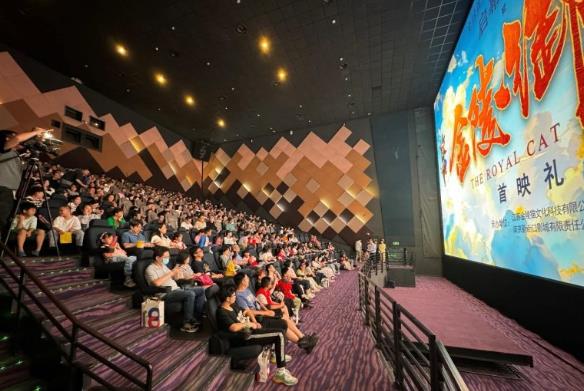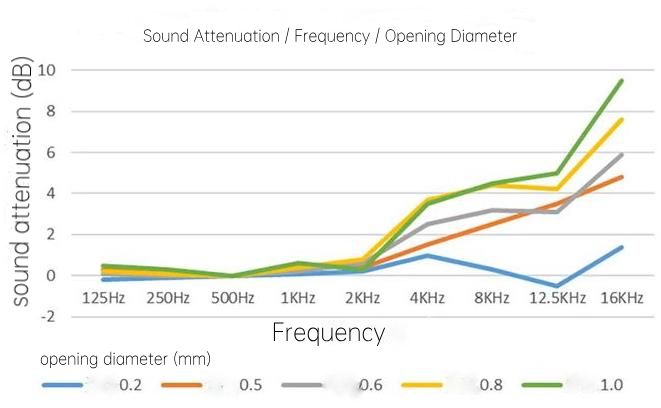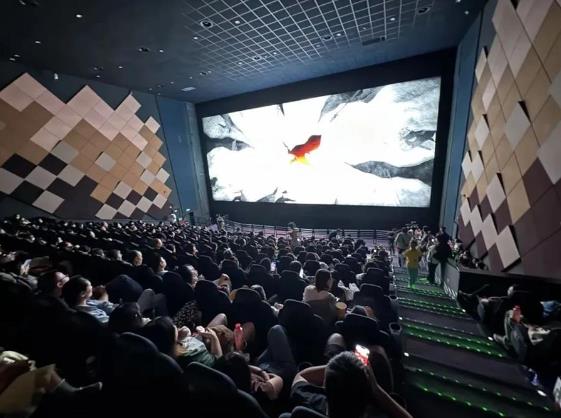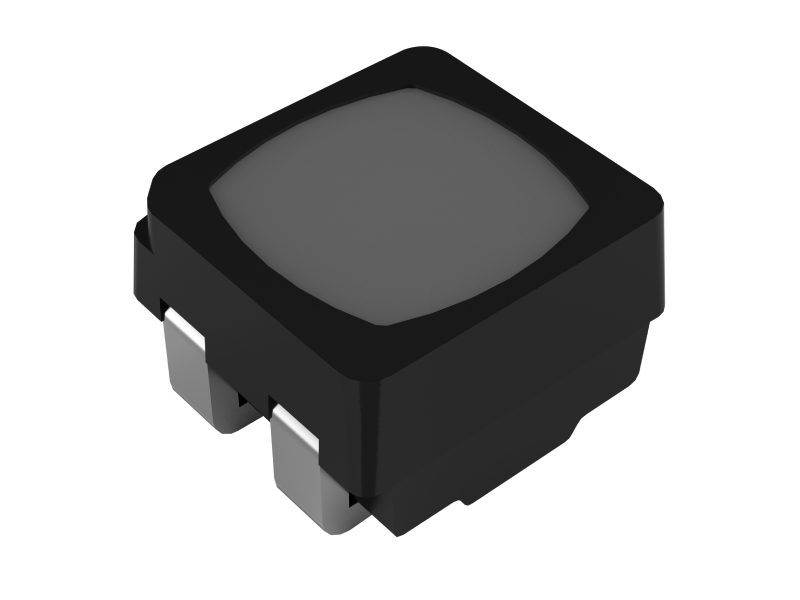In the previous section, we mainly introduced what an acoustically transparent LED screen is, the way to achieve acoustic transparency on an LED display, and the technical requirement of acoustic transparent LED screen. Here in the second section, we’ll focus on the factors affecting the sound reproduction effect and tips for the design of acoustic transparent LED screens, and also a brief introduction about the world’s first acoustic transparent LED screen.

The world’s first acoustic transparent LED screen
Factors affecting the sound reproduction effect of acoustic transparent LED displays
The size, thickness, structure, cavity, and arrangement of the sound-transmitting holes of an acoustic transparent LED screen will affect the overall sound reproduction effect of the screen.
- Size of the sound-transmitting hole: Tests have shown that the smaller the size of the sound-transmitting hole (usually circular), the better the sound transmission effect of high-frequency sound, that is, the lower the sound attenuation value (see the figure below).

relation of sound attenuation between different frequency and opening diameters
- The thickness of the opening (i.e. the thickness of the substrate at the opening position) has a particularly prominent impact on the sound effect of the high-frequency (i.e. 8KHz and above) sound segment of an acoustic transparentLED screen. When the opening position remains unchanged and the opening thickness increases, the sound attenuation in the high-frequency band increases significantly, and the total harmonic distortion rate also increases significantly.
- The shape of the sound-transmitting hole will also affect the sound effect of the sound-transmitting LED screen. At present, there are three mainstream hole opening methods, namely, conventional round hole, forward trumpet shaped holeand reverse trumpet shaped hole. Tests have shown that the forward trumpet shaped hole helps to improve the sound effect of the mid-frequency band, that is, the sound reproduction effect between 500Hz-2500Hz; and the conventional round hole is better than the reverse trumpet shaped hole.
- The cavity between the base plate and the printed circuit board will also have a significant impact on the sound reproduction effect of the acoustic transparent LED screen, especially in the mid-to-high frequency band, i.e. between 5KHz – 8KHz, the sound attenuation characteristics will be significantly increased.
- In addition, experiments have shown that, under the same rate of effective sound transmitting, the irregular arrangement of the opening positions does not affect the sound reproduction effect of the acoustic transparent LED screen, that is, the use of regular openings and irregular openings does not have a significant difference on the overall sound effect of the screen.
Tips for the design of acoustic transparent LED screen
The LED panels that make up an acoustic transparent LED screen are mainly composed of LED modules, sound-transmitting holes and printed circuit boards. A well-designed acoustic transparent LED screen must not only ensure excellent sound-transmitting effects, but also ensure that the light passing through the sound transmitting openings do not interfere with the screen display effects. Generally speaking, when designing an acoustic transparent LED screen, we need to pay attention to the following details.
- Reasonably design the LED chips and drive circuit positions on the printed circuit board to maximize the opening area, ensure that the opening positions are evenly distributed, and have sufficient effective openings for sound transmitting.
- Keep the diameter of the sound transmitting holes between 0.4mm and 0.6mm, and balance well between the complexity of the process and the effective opening area.
- The covering width of the sound-transmitting holes on the LED modules will have a significant impact on the mid- and high-frequency sound effects of the speaker. When the covering width of the opening area reaches or exceeds 15.2cm, it can greatly improve the performance of the sound-transmitting LED module in the mid- and high-frequency range.
- If the ambient light behind the screen passes through the sound-transmitting holes, it will have a relatively large impact on the screen effect of the acoustic transparent LED screen. Therefore, when producing acoustic transparent LED screen, it is necessary to use strong light-absorbing materials to spray the sound-transmitting holes.
- The DCI standard has high requirements for the physical link security of LED screens. When designing a sound-transparent LED screen, embedding the main speaker into the screen will help improve its physical link security, thereby meeting the DCI security specification requirements.
The world’s first acoustic transparent LED screen
On June 26, the world’s first acoustic transparent LED screen, the Ucine LED cinema screen from Unilumin, was unveiled at the Xinjiekou International Cinema in Nanjing, southern china.

Unilumin Ucine – the world’s first acoustic transparent LED screen
The screen measures 20.48 meters in width and 10.8 meters in height, and supports 4K ultra-high definition and 96-frame high frame rate, with a peak brightness of up to 300nit. It has an extreme contrast ratio, and performs well in color reproduction and detail presentation, and can unlock 100% of high-frame rate movie images.
The world’s first acoustic transparent LED screen adopts a unique opening design, and the main channel speaker is placed at the back. The cabinets themselves provide the sound cavity structures for the LED screen, which greatly reduces the redundant space behind the screen. It not only ensures the sound-transparent effect of the LED screen, but also greatly improves the space of the theater, providing the audience with a more spacious and comfortable viewing experience.



